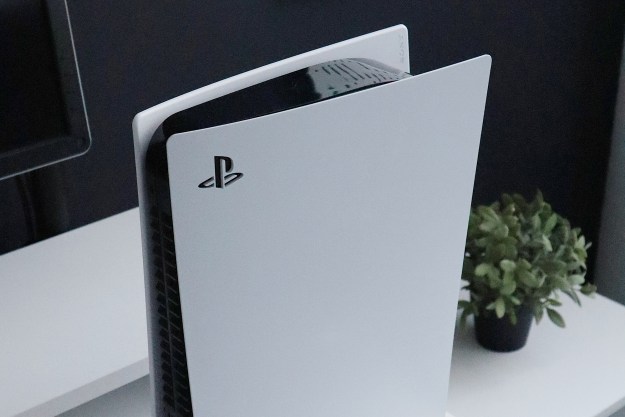PlayStation 5 lead system architect Mark Cerny gave a glimpse into what the new console’s architecture has to offer gamers today.
In a pre-recorded speech titled “The Road to PS5,” Cerny discussed the goals for Sony’s next system. A key decision was to balance evolution and revolution. Evolution came in the form of adding backward compatibility and minimizing architecture differences between the PlayStation 4 and the PS5. Cerny believes that it will take developers less than a month to get up to speed, which is down from the one to two months it took on PS4. Meanwhile, revolution comes in the form of new features and higher efficiency hardware.
During his speech, which was originally meant to be given at this year’s Game Developers Conference, Cerny revealed that the number one request from developers was to include a solid-state drive. While it takes the PlayStation 4 hard drive 20 seconds to load a gigabyte of data, the PS5’s SSD can load 5.5GB in one second. The company’s goals for the SSD were to load games in a second, feature zero load screens, de-duplicate game data, and get rid of long patch installs.
Cerny also revealed some PS5 specifications and confirmed that the system will feature 16GB of GDDR6 RAM, which is the same as what the Xbox Series X packs. It will also have 36 compute units capped at 2.23GHz, which means the
The system architect also wanted to clear the air on the PS5’s graphics processing unit. Cerny reaffirmed that the system will use a custom RDNA 2-based AMD GPU and that Sony collaborated with the company on its development. “If you see a similar discrete GPU available as a PC card at roughly the same time we release our console, that means our collaboration with AMD succeeded in producing technology useful in both worlds,” Cerny explains. “It doesn’t mean that we at Sony simply incorporated the PC part.”

Cerny also explained how Sony achieved backward compatibility on the upcoming system. Rather than including the last system’s chipset like Sony did with launch PlayStation 3 systems, it included the previous system’s logic in the system. The PS5 will have both a PS4 Pro and PS4 legacy mode and can run titles with boosted performance. “We recently took a look at the top 100 PlayStation 4 titles as ranked by playtime and we’re expecting almost all of them to be playable at launch on PlayStation 5,” Cerny notes while saying that games need to be tested.
Editors' Recommendations
- PlayStation 6: release date speculation, price, specs, and more
- All cross-platform games (PS5, Xbox Series X, PS4, Xbox One, Switch, PC)
- PS5 Pro: news, rumored release date, price, and specs
- PlayStation Spring Sale: best deals, how long is the sale, and more
- All upcoming PS5 games: 2024 and beyond




